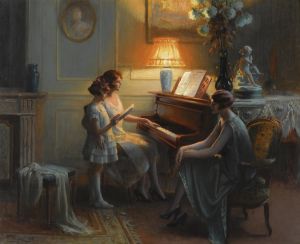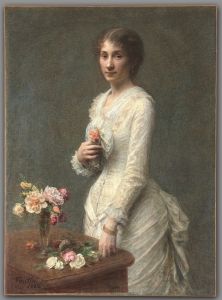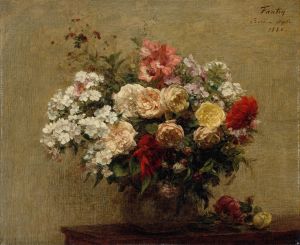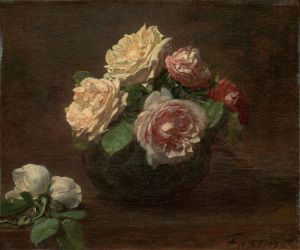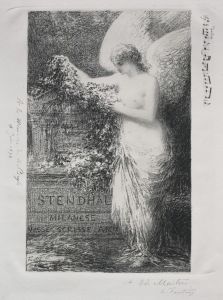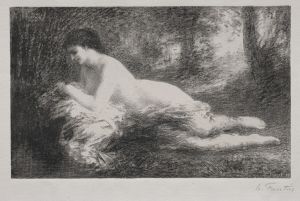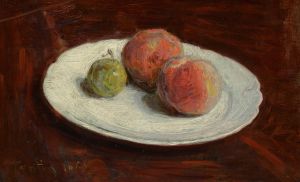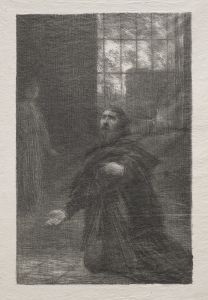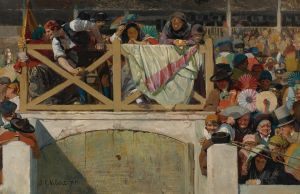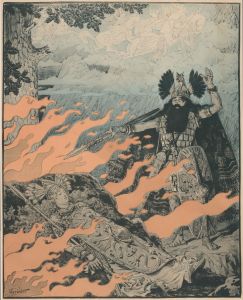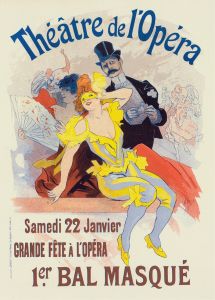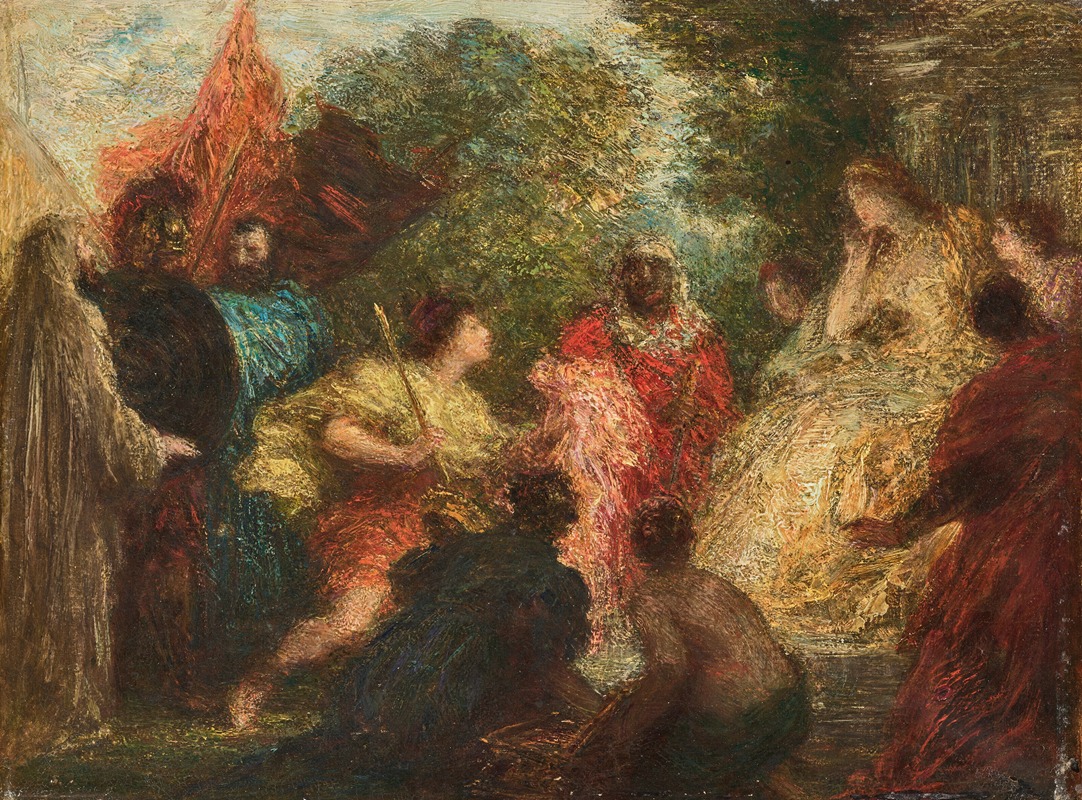
Les Troyens à Carthage
A hand-painted replica of Henri Fantin-Latour’s masterpiece Les Troyens à Carthage, meticulously crafted by professional artists to capture the true essence of the original. Each piece is created with museum-quality canvas and rare mineral pigments, carefully painted by experienced artists with delicate brushstrokes and rich, layered colors to perfectly recreate the texture of the original artwork. Unlike machine-printed reproductions, this hand-painted version brings the painting to life, infused with the artist’s emotions and skill in every stroke. Whether for personal collection or home decoration, it instantly elevates the artistic atmosphere of any space.
Henri Fantin-Latour was a French painter known for his still lifes and group portraits of Parisian artists and writers. However, there is no widely recognized painting titled "Les Troyens à Carthage" by Henri Fantin-Latour. It is possible that there might be some confusion with another work or artist, or it could be a lesser-known or private piece not extensively documented in public art historical records.
Fantin-Latour's oeuvre primarily includes floral still lifes and portraits, with a significant focus on capturing the likenesses and personalities of his contemporaries. He was associated with the Realist movement and was known for his meticulous attention to detail and subtle use of color. His works often reflect a quiet, introspective quality, which is evident in his still lifes and portraits.
One of Fantin-Latour's notable contributions to the art world was his connection to the Impressionists, although he did not fully embrace their style. He was friends with several key figures in the movement, such as Édouard Manet, Edgar Degas, and Berthe Morisot, and he exhibited with them in the first Impressionist exhibition in 1874. Despite this association, Fantin-Latour maintained a more traditional approach to painting, focusing on realism and precision.
Fantin-Latour's most famous works include "A Studio at Les Batignolles" (1870), which depicts a group of artists and writers, including Manet, and "Homage to Delacroix" (1864), which pays tribute to the Romantic painter Eugène Delacroix. These paintings are celebrated for their historical significance and the way they capture the spirit of the Parisian art scene during the late 19th century.
In addition to his portraits and still lifes, Fantin-Latour also created a series of imaginative lithographs inspired by music, particularly the works of composers such as Richard Wagner, Hector Berlioz, and Robert Schumann. These lithographs demonstrate his interest in the synthesis of music and visual art, and they are characterized by their dreamlike quality and symbolic content.
Fantin-Latour's legacy is marked by his ability to bridge the gap between traditional realism and the emerging modernist movements of his time. His work remains appreciated for its technical skill and the way it captures the essence of his subjects, whether they are people, flowers, or musical themes.
Given the lack of specific information about a painting titled "Les Troyens à Carthage" by Henri Fantin-Latour, it is important to rely on verified sources and documented works when discussing his contributions to art history. If such a painting exists, it may require further research or access to private collections to uncover more details.





